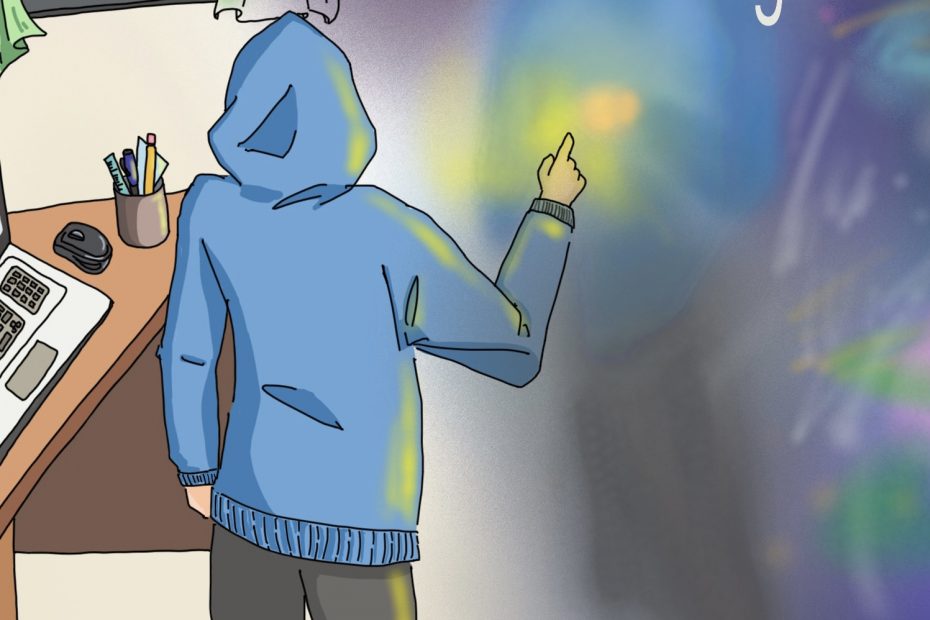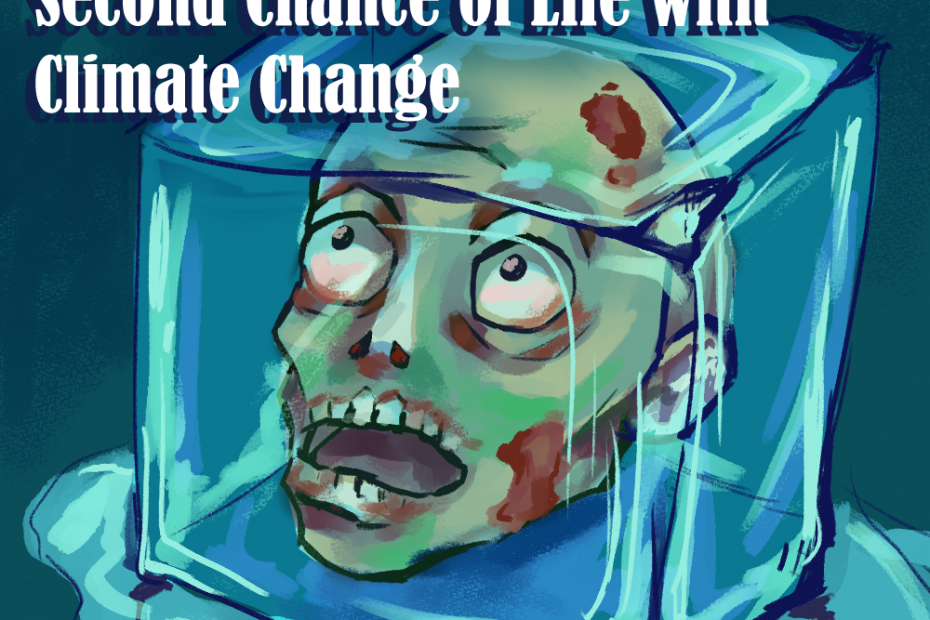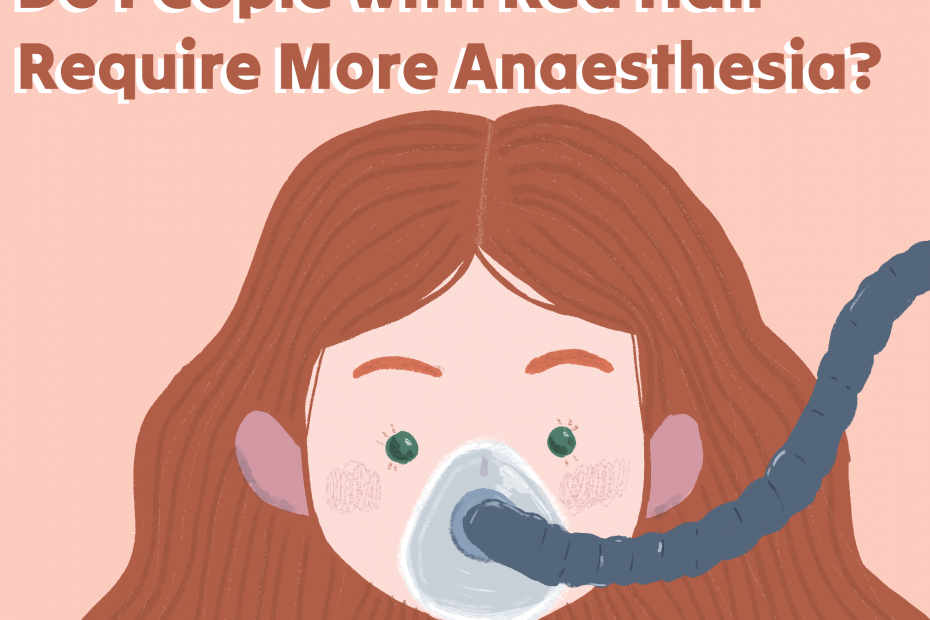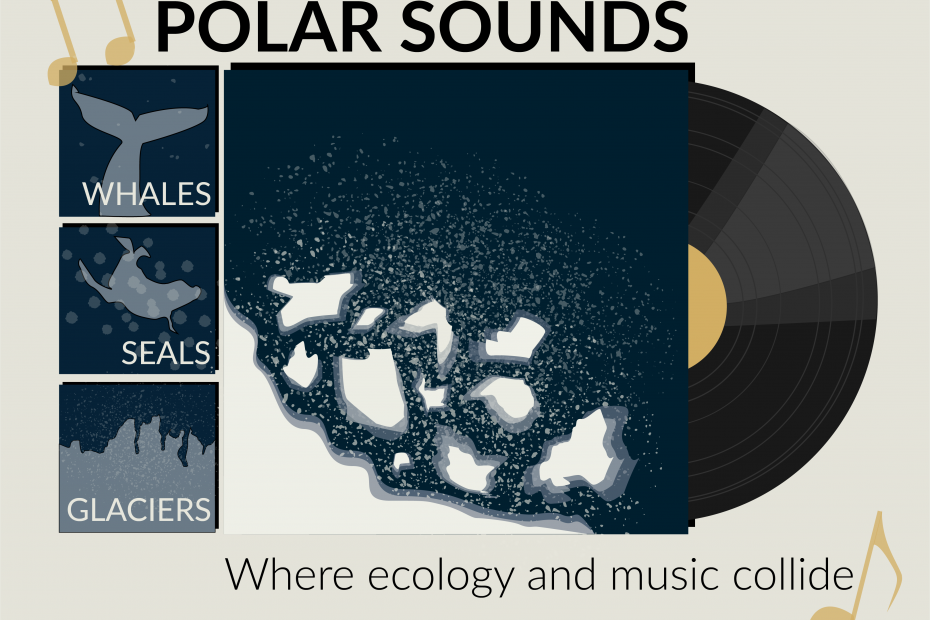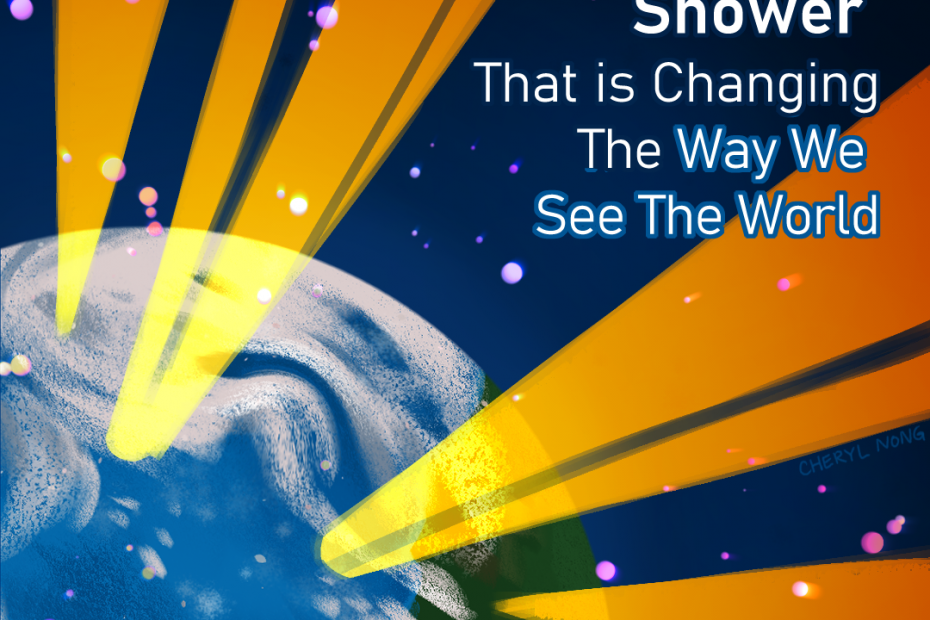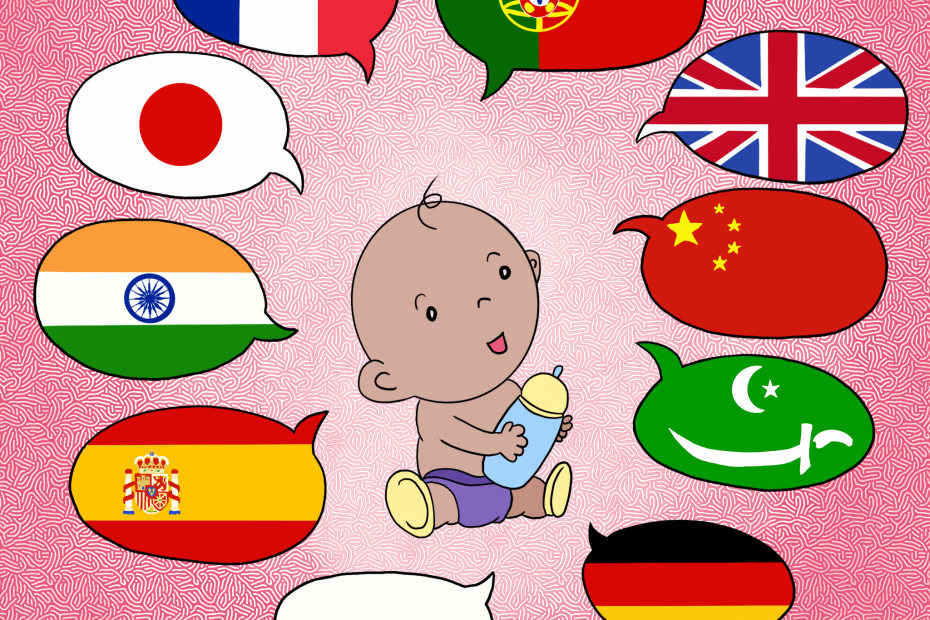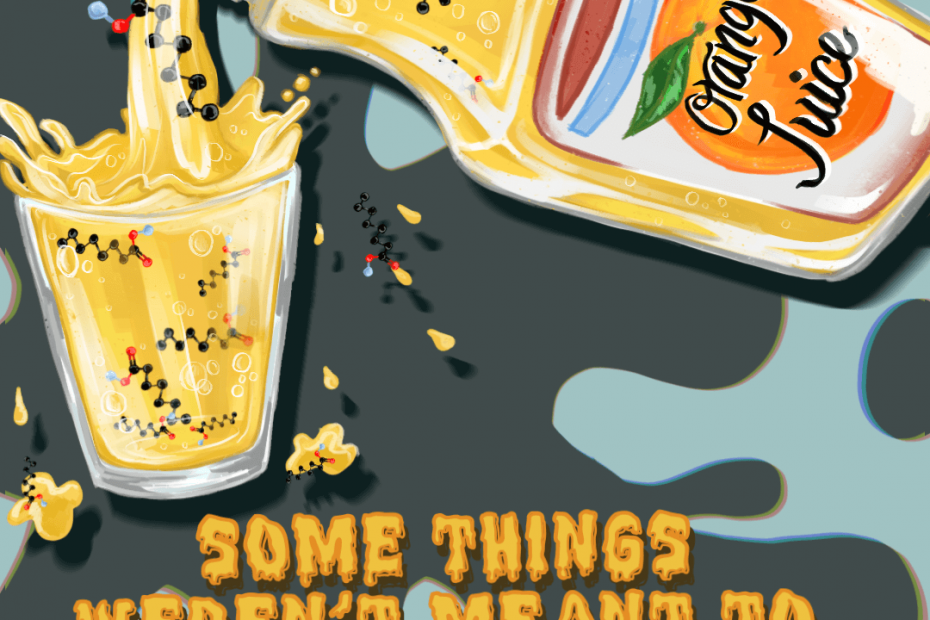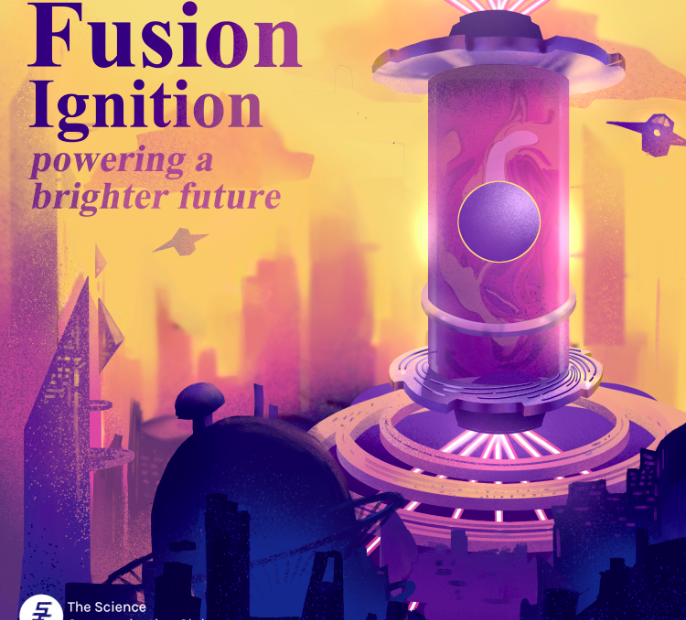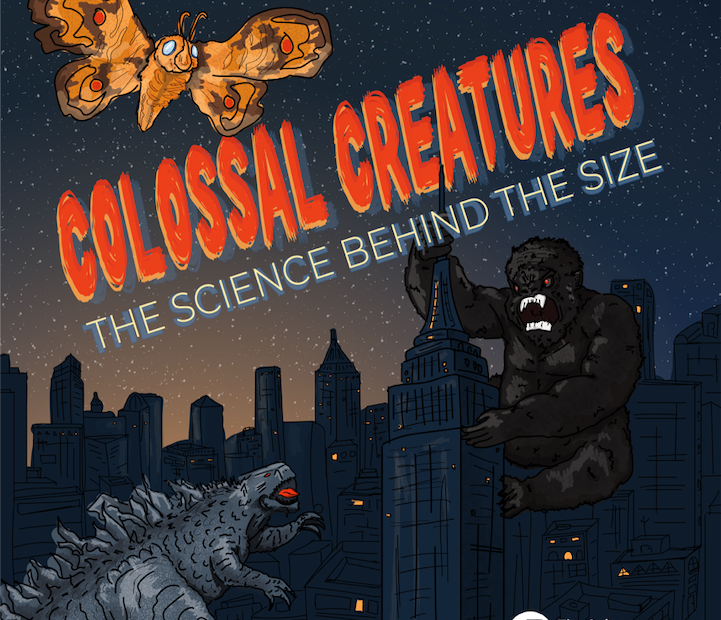Are You a Hologram?
It was 1915 when our resident genius Albert Einstein published his theory of General Relativity. As Christmas trees stood tall and families reunited for the holidays that year, Einstein received a letter from a German soldier on the Russian front. This soldier was Karl Schwarzschild, who, amongst the guns and shouts, found a solution to Einstein’s theory that directly predicted black holes.
